Amay Bandodkar, a researcher at the University of California, San Diego, has created a flexible sensor that uses a mild electrical current to measure glucose levels in a person's body. Measuring blood sugar levels multiple times a day is vital for diabetes patients because it shows how well their body is managing their disease as well as the dose of insulin they require, if they need any at all. But because many people find needles unpleasant, they tend to avoid measuring their levels, which puts them at risk of developing serious medical complications.
The new device is painless — It contains electrodes printed on a thin tattoo paper that patients can even dispose after use. "Presently the tattoo sensor can easily survive for a day," Bandodkar said in a statement. "These are extremely inexpensive — a few cents — and hence can be replaced without much financial burden on the patient."



 Your new post is loading...
Your new post is loading...




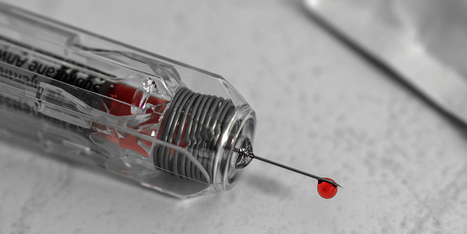
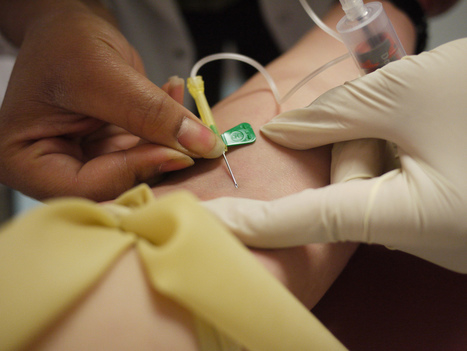



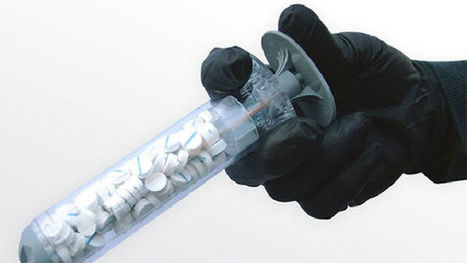
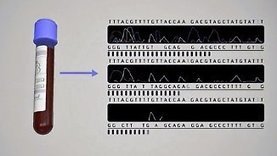
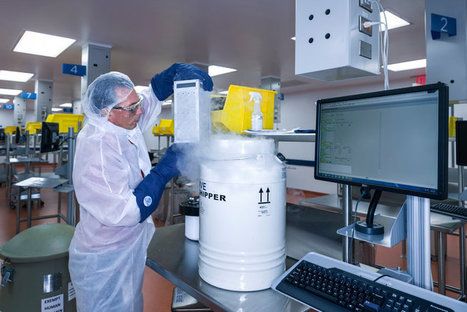
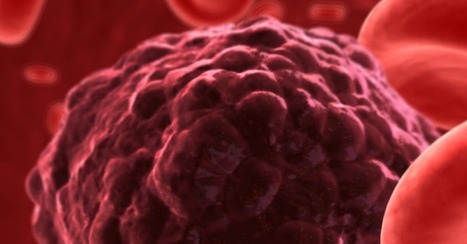


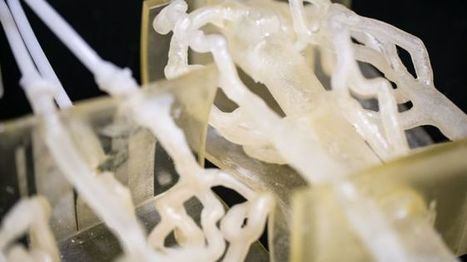
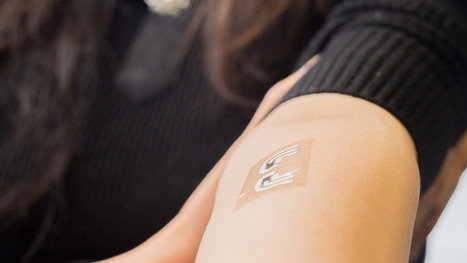






Stretchy stick-on patch can take blood pressure readings from deep inside your body.
The flexible stamp can measure blood pressure deep inside you, something that usually requires bulky, invasive equipment.
Learn more / En savoir plus / Mehr erfahren:
https://www.scoop.it/t/21st-century-innovative-technologies-and-developments/?&tag=Medicine
https://www.scoop.it/t/21st-century-innovative-technologies-and-developments/?&tag=wearables